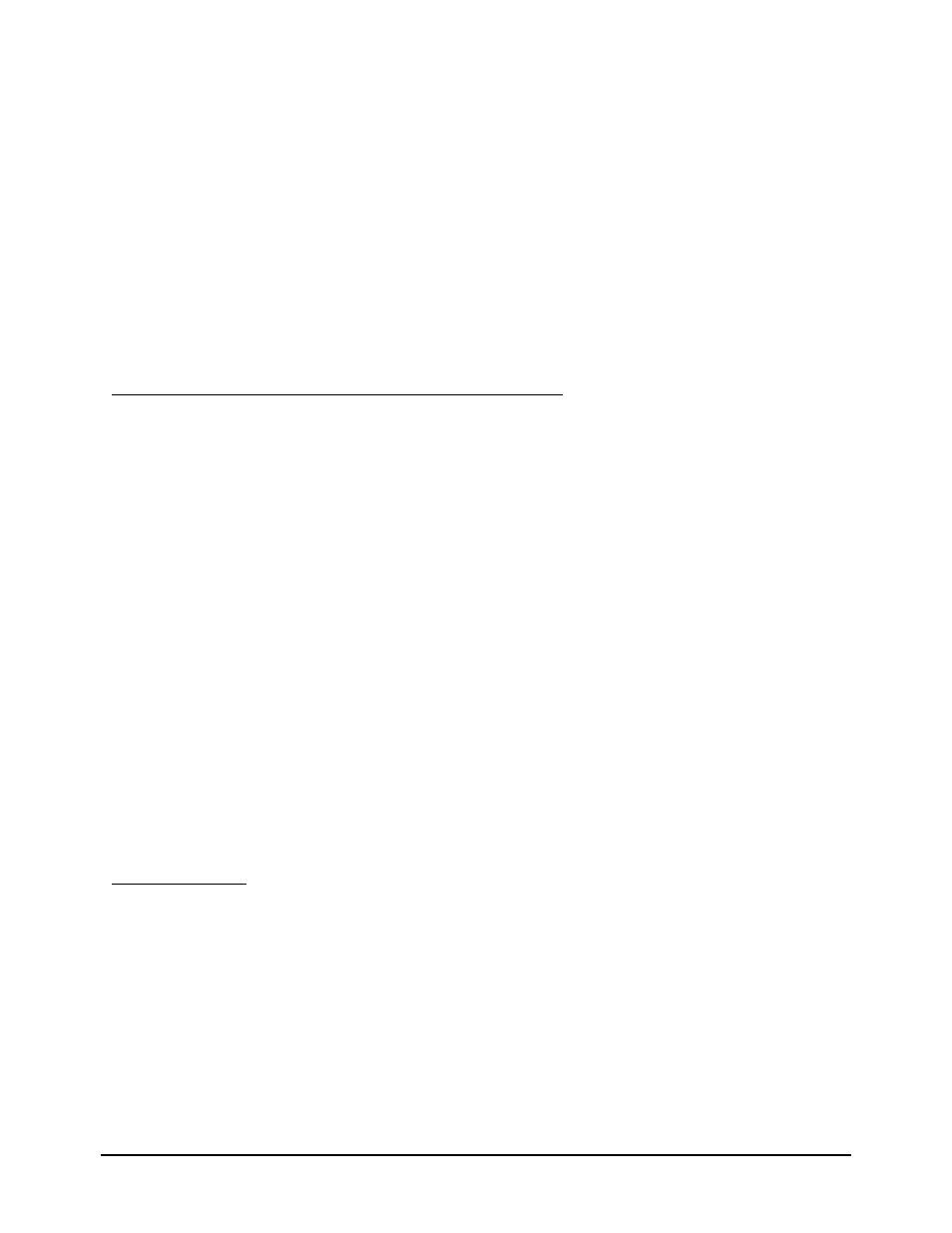Chapter 6: downloadable graphic images – Microcom 400 User Manual
Page 67

400 Operators Manual
59
CHAPTER 6: DOWNLOADABLE GRAPHIC IMAGES
The Microcom 400 printer is capable of storing multiple fonts/graphic images. You may either
use the Microcom "PCX2400" software utility to convert a PCX or PCC file, or use your own
software to format a graphics file into a form that the printer can understand.
METHOD #1: Create your own software to manipulate graphic files into the 400 format.
METHOD #2: Use the "PCX2400" software to turn your PCX file into the 400 format.
METHOD #3: Use a WYSIWYG on-screen label design package to convert the PCX file.
6.1
PROCEDURE FOR USING PCX2400 SOFTWARE
To Create Graphic Images Using the "PCX2400" Software.
A) Type at DOS prompt - PCX2400 filename.ext
B) Follow the on screen instructions and note the slot # the image was placed in.
C) Down-load resulting file (filename.N400 or .R400) file to printer
D) Section 4.5.3 explains how to access loaded images.
6.2
FORMAT OF GRAPHICS FILES
The following graphics file structure is offered to programmers who with to use their own
programs to convert graphic images.
The 400 does not differentiate between graphics and fonts. They both are accessed by using
a TCI of 8. Therefore a font and a graphic cannot have the same CGN number. A graphic is
simply a font with only one character and all imputed characters point to the same character.
6.2.1 FONT/GRAPHIC STRUCTURE
The 400 font structure consists of Microcom LDS commands, a header, a look-up table, a
character descriptor, and character data. All words are in Intel format: low byte, high byte.
^AXX^D1065
;tells printer that an font/graphic is coming, XX is the CGN number
START1 label
;This is marking a position in the file that will be described later
dw
;0 = normal rotation
;1 = right rotation
dw
;number of words of data following
400 Font Header
START2 label
;This is marking a position in the file that will be described later.
dw
;offset to look-up table
dw
;number of pixels high
dw
;number of pixels wide
db
;default character spacing
db
;number of bytes wide
db
;first character in font (always 32 for graphics)
db
;last character in font (always 32 for graphics)
db
;default character (if the character selected is not valid, this character
;will be substituted